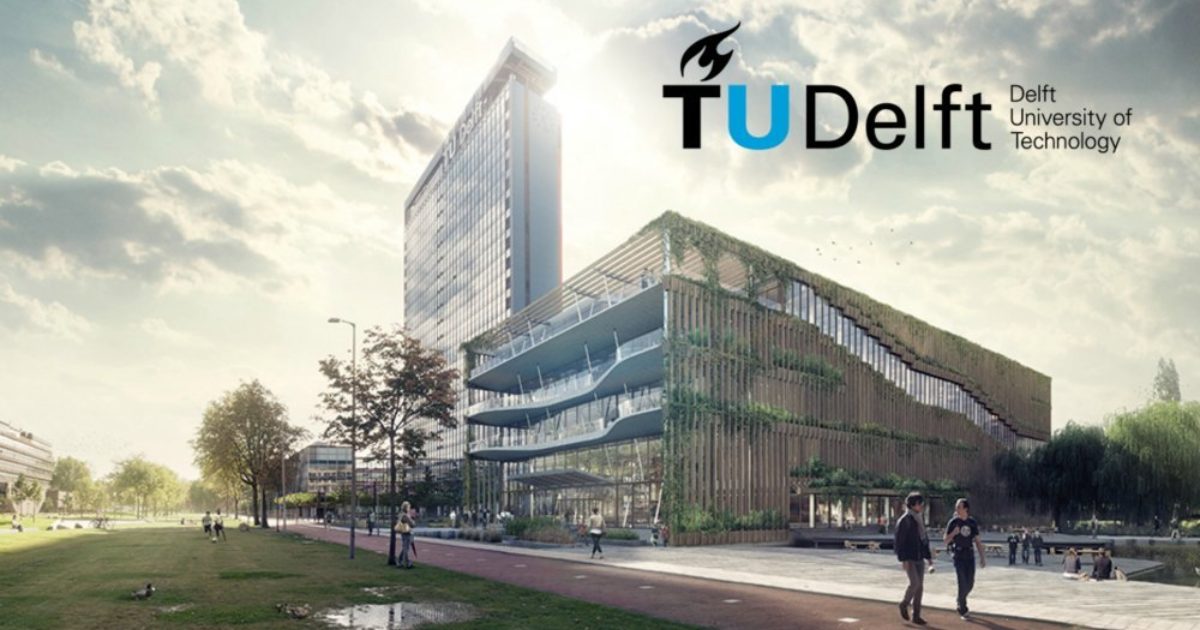TU Delft: TU Delft iGem team aims to develop sensor to detect GHB in drinks
Someone may slip drugs into your drink without you noticing, after which you may not be able to think clearly. However, this kind of drugging can almost never be proven, because GHB disappears from the blood within 3 hours. The iGEM student team at TU Delft is working on a fast sensor to detect GHB in drinks. This will alert the user and provide evidence of drugging.
One of the most commonly used rape drugs is 4-hydroxybutanoic acid, better known as GHB. However, few statistics are available on drugging with GHB, particularly since the substance can be gone from the body within three hours. In addition, the narcotic effects of GHB are very similar to those of alcohol, making it difficult to distinguish between alcohol poisoning and drugging solely based on symptoms. For these two reasons, evidence of an incident in which someone was drugged with GHB can almost never be provided. The iGEM student team is therefore working on a reliable, rapid detection method for GHB with their project SPYKE.
The aim of the students is to develop a sensor that the user can put in any glass. The moment GHB enters the drink, a light in their glass turns on to alert the user. “In this way, we hope to protect the user from being drugged and to be able to give them the evidence with which they can report it,” says team member Rebecca Jekel. In addition, the team is working with the police, club and bar owners, prosecutors, drugging victims and health institutions to create a product that meets everyone’s requirements.
Last week, the Delft team started a crowdfunding campaign to continue the research and develop their sensor. With this project, the team will represent TU Delft at the global iGEM competition in Paris in October this year. Rebecca: “The crowdfunding is needed to pay for specific parts of the sensor, so that we can deliver the most accurate final version. Every little bit helps to make the development of the sensor possible.”
iGEM is an international competition in the field of synthetic biology, the field in which micro-organisms, DNA or proteins are modified and used for new applications. For the competition, over 350 teams from around the world try to solve a local societal problem. The teams are judged on different parts, not only the final product, but also the presentation, market analysis and website.

